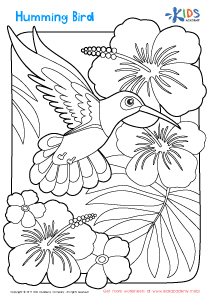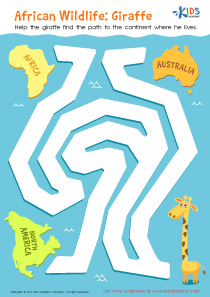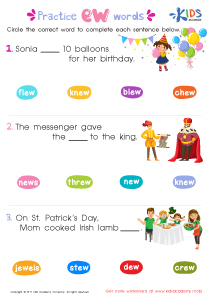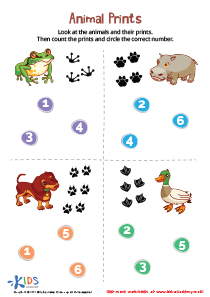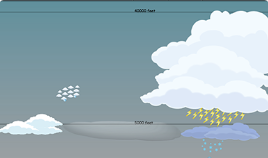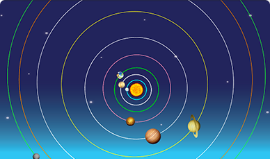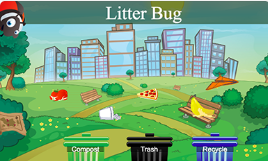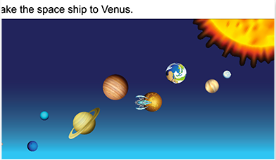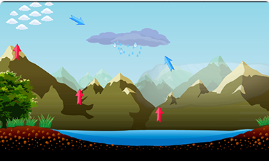Social Studies Lessons | Where You Live for 6-Year-Olds
5 results
Explore the wonders of your surroundings with our engaging "Where You Live for 6-Year-Olds" lessons! Designed specifically for curious young minds, this series brings together interactive worksheets, captivating educational videos, and fun assessment quizzes to make learning about their local environment an adventure. Children will embark on a journey to discover their neighborhood, understand different types of living spaces, and appreciate the natural world around them. Each lesson is crafted to spark curiosity and encourage exploration, making "Where You Live for 6-Year-Olds" a perfect way to connect children with their immediate world in a meaningful and enjoyable way.
Empowering Learning Through "Where You Live for 6-Year-Olds"
In the vibrant journey of childhood development, empowering young minds with knowledge about their surroundings is a fundamental step towards fostering a sense of curiosity, belonging, and responsibility. Recognizing this, the "Where You Live for 6-Year-Olds" curriculum stands as a pioneering educational resource, meticulously crafted to offer kids an engaging and informative exploration of their immediate environment.
This innovative program is more than just a series of lessons; it is a carefully woven tapestry of interactive worksheets, captivating educational videos, and comprehensive assessment quizzes designed specifically for the developmental stage of 6-year-olds. The curriculum is structured to ignite the interest of young learners in the world around them, making learning both fun and memorable.
Bridging Knowledge and Imagination
At the heart of "Where You Live for 6-Year-Olds" is the commitment to bridging the gap between knowledge and imagination. Through interactive worksheets, children are encouraged to explore and represent their understanding of their surroundings creatively. This hands-on approach not only solidifies their grasp of the subject matter but also enhances fine motor skills and critical thinking abilities.
Visual Learning with Educational Videos
Understanding the diverse learning styles of children, the curriculum incorporates educational videos that present information in an engaging and digestible format. These videos serve as visual aids to reinforce concepts introduced through worksheets, making complex ideas accessible and entertaining for young minds. The use of storytelling and animation captivates the attention of 6-year-olds, ensuring that the learning process is not just educational but also enjoyable.
Assessing Understanding Through Quizzes
Assessment is a crucial component of the learning process, and "Where You Live for 6-Year-Olds" embraces this through thoughtfully designed quizzes. These quizzes are not merely tools for evaluation but are structured to be learning experiences in themselves. By reflecting on the questions, children are able to consolidate their understanding and teachers can identify areas that require further exploration, ensuring a comprehensive grasp of the topic.
Fostering a Connection with the Environment
Perhaps the most significant impact of "Where You Live for 6-Year-Olds" is its ability to foster a deep connection between children and their environment. By learning about their locality, children develop a sense of place and community. This awareness is the first step towards cultivating responsible citizens who are attuned to the importance of caring for their surroundings.
Conclusion
"Where You Live for 6-Year-Olds" is more than an educational program; it is an adventure into the world that surrounds our youngest learners. It equips them not only with knowledge but with a sense of wonder and responsibility towards their environment. For educators and parents seeking a comprehensive, engaging, and effective way to introduce 6-year-olds to the concept of their living environment, there is no resource more valuable. Through this program, we are not just teaching children about where they live; we are planting the seeds for a more informed, responsible, and connected generation.
